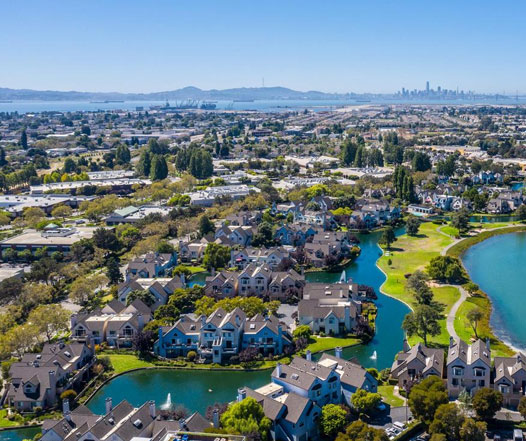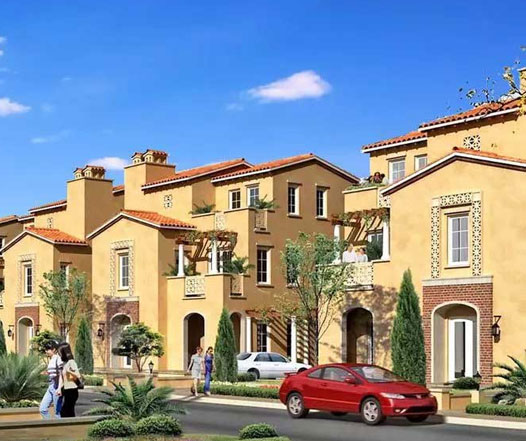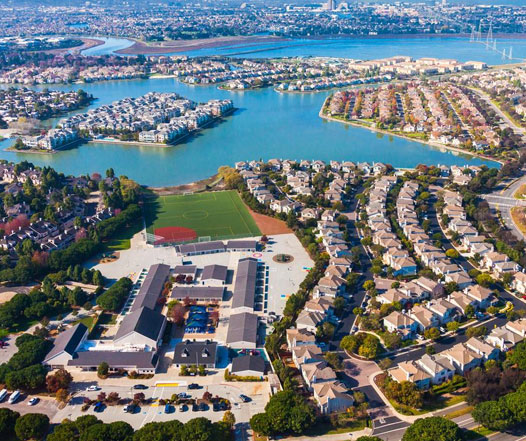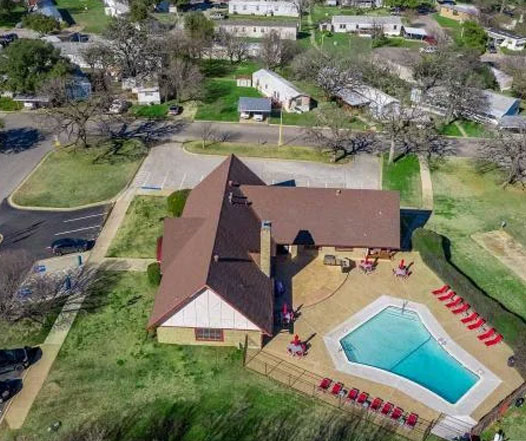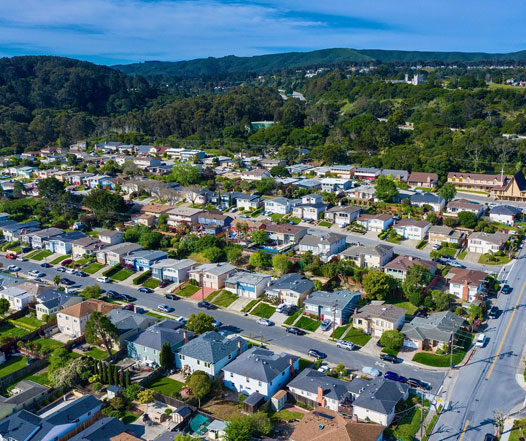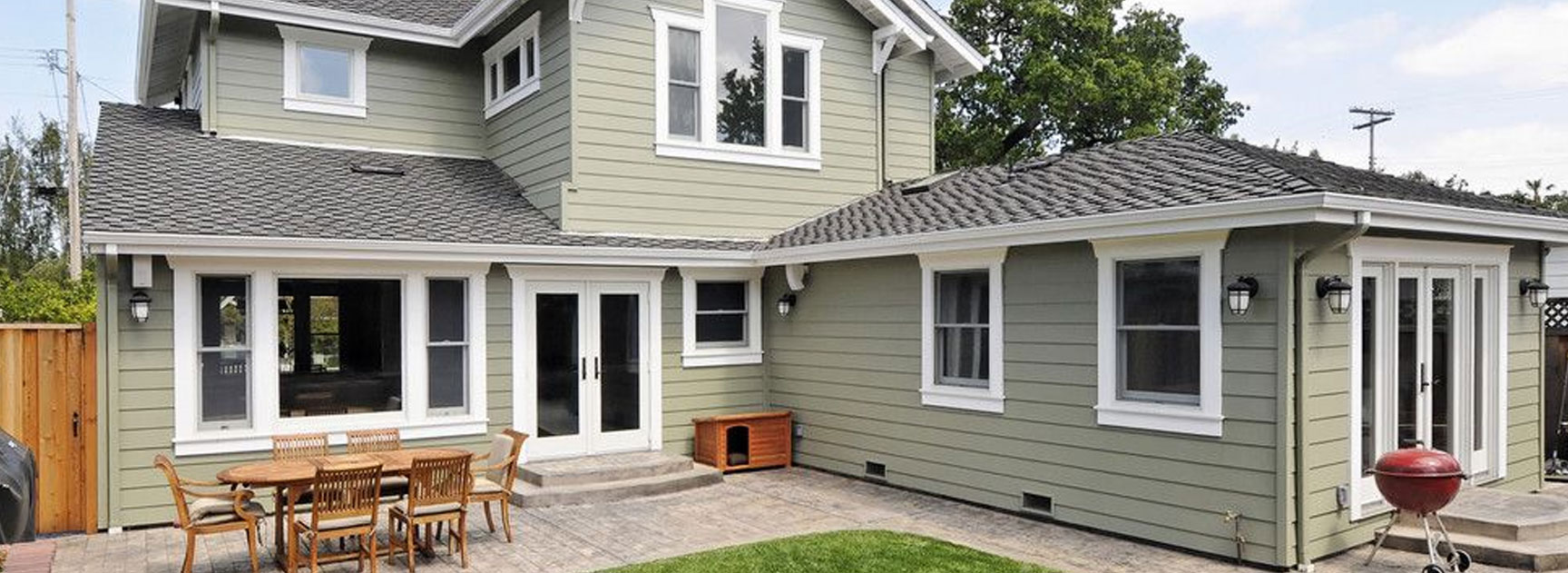
Introduction
A home addition in Saratoga can offer a range of benefits, including more living space, increased property value, and enhanced comfort. Whether you need an extra room, a larger kitchen, or a new living area, a home addition can meet your needs and improve your quality of life. Home additions also allow you to tailor your living space to better suit your lifestyle and family needs, creating a personalized environment that reflects your unique tastes and preferences.
Vital Guidelines for Home Additions in Saratoga
What is Permissible
Maximum Addition Size
Additions can be up to 50% of the existing home’s square footage, allowing significant expansion while maintaining the neighborhood’s character.
Height Restrictions
Home additions cannot exceed 30 feet in height, ensuring new structures blend seamlessly with existing homes.
Setback Requirements
Additions must be at least 20 feet from the front property line, providing ample space for landscaping and curb appeal.
Floor Area Ratio (FAR):
The maximum FAR is 0.45 for residential properties, balancing building size with open space.
Permitting Process Timeline
Standard
The standard permit process typically takes 6-8 weeks, involving plan reviews and inspections to ensure compliance with building codes.
Historic Property
Permits for historic properties may take up to 12 weeks, as additional reviews are needed to preserve the historical integrity of the area.
Crucial Zoning Regulations in Saratoga
Zoning regulations are essential for maintaining the character of Saratoga and ensuring harmonious development.
Size Limitations for Home Additions
| Zoning District | Maximum Addition Size | Notes |
| R-1 (Single-family) | 2,000 sq ft | Includes all floors |
| R-2 (Two-family) | 1,500 sq ft | Per unit |
| R-3 (Multi-family) | 1,200 sq ft | Per unit |
Height Limitations
- Single-family zones: Additions must not exceed 25 feet, maintaining a cohesive streetscape.
- Multi-family zones: Additions can be up to 35 feet, accommodating higher density living.
Building Coverage Rules
Building coverage should not exceed 50% of the lot area, preserving green space and minimizing overdevelopment.
Location Requirements
- Front additions: Must be set back at least 20 feet from the front property line, ensuring a consistent and attractive streetscape.
- Side additions: Must be set back at least 10 feet from the side property lines, maintaining privacy and light for adjacent properties.
- Rear additions: Must be set back at least 15 feet from the rear property line, providing adequate backyard space.
Exterior Details
Additions must match the existing home’s exterior style, ensuring aesthetic consistency and neighborhood harmony.
Parking
One additional parking space is required for each new bedroom added, addressing potential increases in vehicle usage.
Guidelines for Obtaining Permits for Home Additions in Saratoga
Permits are necessary to ensure your home addition meets local regulations and safety standards.
| Permit Type | Description | Estimated Fee |
| Building Permit | Required for all structural changes | $500 |
| Plan Check Fee | Review of building plans | $300 |
| Electrical Permit | Required for electrical work | $200 |
| Plumbing Permit | Required for plumbing work | $200 |
| Mechanical Permit | Required for HVAC installations | $200 |
| Planning Review | Review of project for zoning compliance | $250 |
| School Impact Fee | Contribution to local schools | $150 |
Property Compliance Requirements
Compliance with local rules is necessary for any home addition, ensuring safety and legal adherence.
Parking
Ensure adequate parking is provided as per the addition size, preventing overcrowding and congestion.
Setbacks
Follow the required setback rules for front, side, and rear additions, maintaining space and privacy.
Open Space and Yards
Maintain sufficient open space and yard areas as per zoning laws, enhancing the living environment and neighborhood aesthetics.
Eligible Properties for Home Additions
To determine your property’s eligibility for a home addition, check local zoning regulations and property designations.
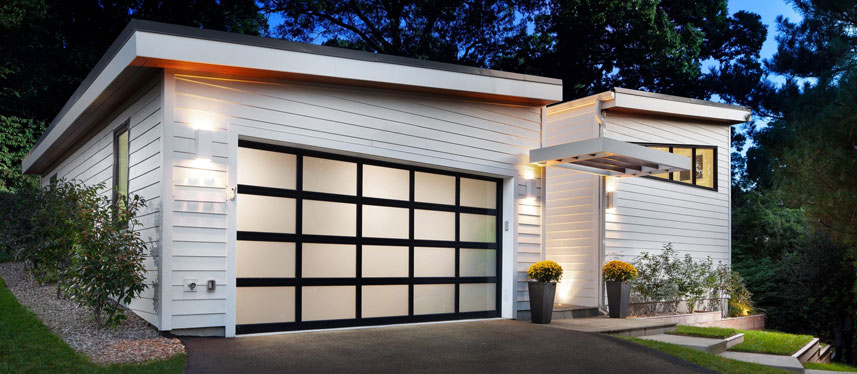
Other General Plan Designations That May Allow Home Additions
- Low-Density Residential: Suitable for small-scale additions, preserving a suburban feel.
- Medium-Density Residential: Allows for moderate-sized additions, balancing space and density.
- Mixed-Use: Permits larger, more versatile additions, integrating residential and commercial spaces.
Development standards
Single-family Homes
Must follow R-1 zoning district rules, ensuring compatibility with surrounding properties.
Multi-family Properties
Must follow R-3 zoning district rules, accommodating higher density living arrangements.
Historic Properties
Special considerations and longer permit processes apply, preserving historical character and significance.
Property Designations
- Flood Zones: Additions must comply with flood zone construction requirements, ensuring safety and resilience.
- Liquefaction Zones: Special foundation requirements may apply, addressing soil stability and earthquake risks.
- Historic Districts: Additions must maintain the district’s historical character, preserving cultural heritage.
- Coastal Zone: Additions must comply with coastal zone regulations, protecting natural resources and scenic views.
Summary
In Saratoga, a home addition can offer additional space, comfort, and value. Ensuring compliance with local guidelines and regulations is crucial for a successful project. Understanding the permitting process, zoning regulations, and development standards will help you navigate your home addition project smoothly. By adhering to these guidelines, you can create a home addition that enhances your property and blends seamlessly with the community.
FAQs
Yes, you can add a second story to your home, but you must adhere to the height restrictions, which typically limit additions to 30 feet in height. You will also need to obtain the necessary permits and ensure that the addition complies with local zoning regulations and building codes.
Yes, regardless of the size of the addition, you will need a building permit. This ensures that the addition meets all safety and structural standards. The permitting process involves submitting plans for review and undergoing inspections to verify compliance with local regulations.
Yes, the style of your home addition must match the existing home’s exterior to maintain aesthetic consistency. This means using similar materials, colors, and architectural features. These restrictions help preserve the visual harmony and character of Saratoga neighborhoods.
Yes, you can add a home office to your property. This addition must comply with zoning and setback requirements, ensuring it does not encroach on neighboring properties or exceed allowable building coverage. A home office can provide a quiet, dedicated workspace while adding value to your home.
Yes, a planning review is required to ensure your addition complies with local zoning laws and regulations. The review process evaluates the project’s impact on the neighborhood and ensures it meets all design and safety standards. This step is crucial for obtaining the necessary permits.
Yes, window sizes must comply with building codes and design guidelines. These regulations ensure safety, structural integrity, and energy efficiency. Additionally, window placement may be subject to privacy considerations and neighbor impact assessments.
While formal approval from neighbors is not typically required, it is courteous and often beneficial to inform them of your plans. Neighbor feedback can help address potential concerns and foster a cooperative community atmosphere. In some cases, neighbor input may be part of the planning review process.
Yes, home additions in historic districts must maintain the historical character and architectural integrity of the area. This often involves using period-appropriate materials and designs. The permitting process for historic properties may take longer due to additional reviews by preservation boards or committees.
Yes, new additions must comply with current energy efficiency standards. This includes insulation, windows, HVAC systems, and lighting. Meeting these standards helps reduce energy consumption, lower utility bills, and promote environmental sustainability.
Yes, you can add a second kitchen, but it requires additional permits and inspections for plumbing, electrical, and ventilation systems. A second kitchen is often included in in-law suites or guest houses, providing convenience and flexibility for multi-generational living or entertaining.
There is no specific limit to the number of bedrooms you can add, but each new bedroom requires an additional parking space to comply with local regulations. This ensures adequate parking for residents and visitors, preventing congestion and maintaining neighborhood order.
Yes, you can add a swimming pool as part of your home addition. The pool must comply with setback requirements, safety codes, and obtain necessary permits. A swimming pool can enhance your outdoor living space, providing recreation and relaxation for your family and guests.
